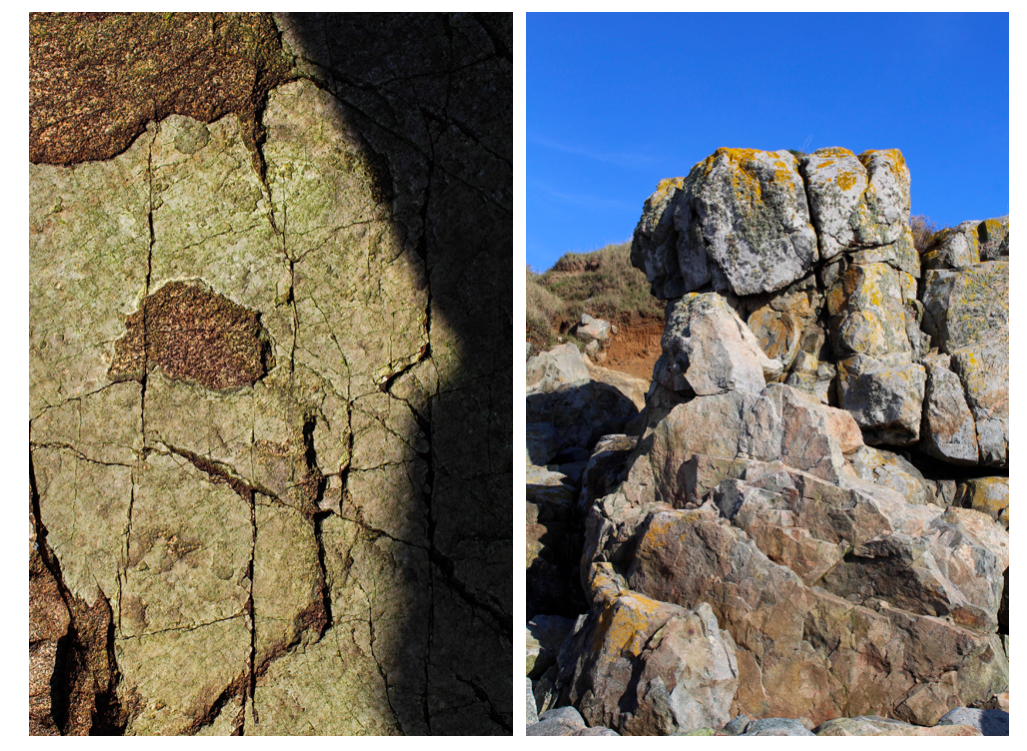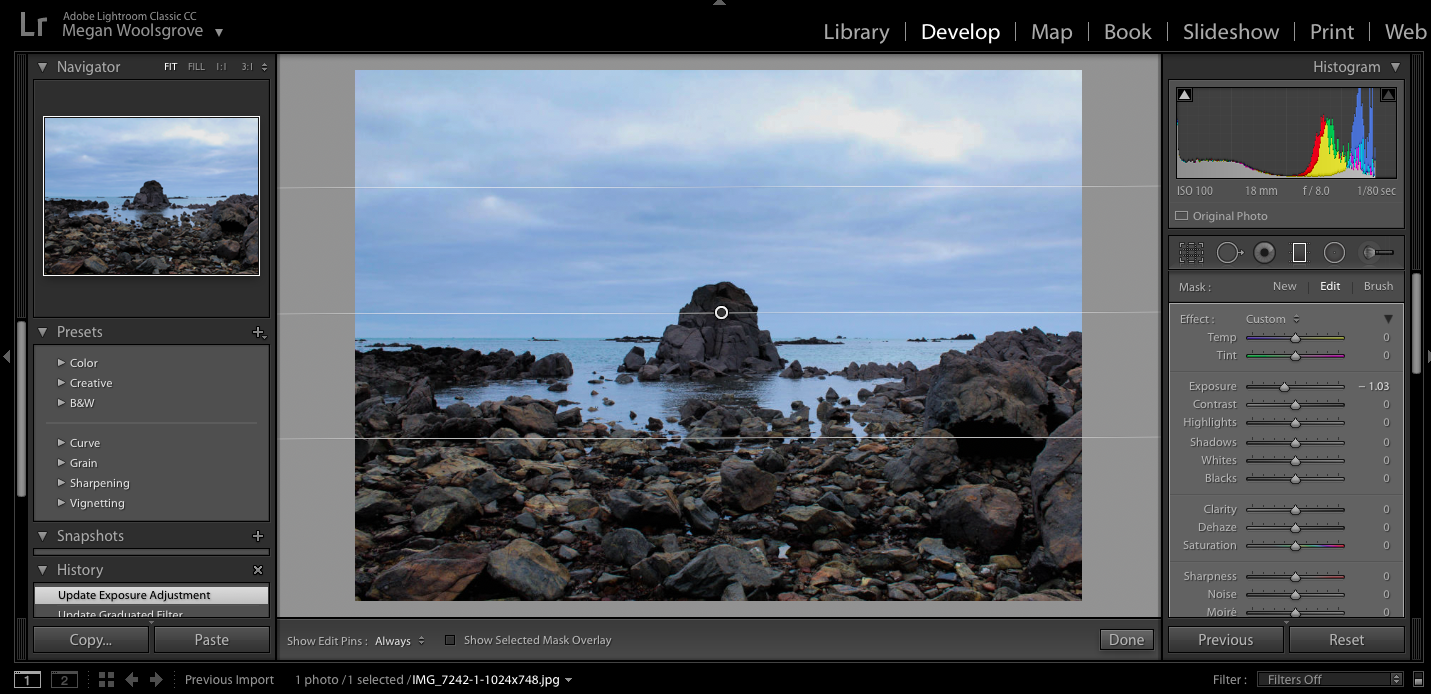Going into exploring ‘political landscape’ initially I knew that I wanted to explore the development of my house over time and my experience of living within a house that is constantly changing and never truly finished. I had my vision of what I wanted to do but I had to do some research to find inspiration on how to approach my project. The first set of photographers that I studied were Bression and Ayesta and Fernando Maselli. Bression and Ayesta focused on human memories and how the Fukushima exclusion zone has changed over time without human inhabitants having an influence over it whereas Maselli looked more at nature and land that had been untouched by humans. I started to lean more towards Bression and Ayesta’s style as I felt that their project ‘Retracing Our Steps’ had a strong narrative throughout it whilst including a human element, which inspired me to include some archival and new family portraits. I then started to explore the work of Lewis Bush – specifically his work ‘Metropole’ in which he photographed buildings with a double exposure effect in order to create a sense of confusion. After creating a response to this I decided that this would not be an appropriate way to show the story of the development of my house. I then found Huang Qingjun who had a strong body of work titled ‘Jiading’ which explored the modernisation of China and how the rural population had been affected – I felt that this was an appropriate project to take inspiration from as it brought a real human element to the table as well as exploring building and social trends in an area (which is seen in my project as the fashion of houses and clothing changes over time). From here I took inspiration from the idea that Qingjun was looking at the belongings of the residents, and so I photographed the belongings of my dad, who is a carpenter with his own workshop, because he developed the house in his own vision and design with only help in specialist areas. For this reason I felt that it was important to show an aspect of what goes into developing a house. I took a lot of inspiration for my project from the straight photography movement as I aimed to create the photographs in this project in a documentary style in order to show things for what they are. This interest in a documentary style approach led to the inclusion of lots of archival photographs of the house that were taken by my parents throughout the renovation as well as photographs dating back to the 1800’s.
Overall, I had a vision for what I wanted to do from the start and throughout the project the idea of how I would approach the project changed as I researched more and more. I believe that the changing approaches helped me to achieve an outcome that was thoroughly researched and well put together as well as including a lot of the many aspects that come under the title ‘political landscape’. Through this project, I have learnt that doing plenty of research is a priority when trying to find your approach – it can bring lots of inspiration to you and force you to think in ways that you had not previously thought about leading to more original and interesting ideas. This project has taught me a lot about how much editing and experimenting goes into creating a photobook – halfway through the project I thought that I was nearly finished and so put together a selection of photographs only to find that the selection was missing something in a few areas and so I went out and increased the portfolio of photographs which ended up adding more complexity and sub-narratives to the book. It is clear that experimenting with different ideas is essential for a successful project rather than being narrow-minded and sticking to one idea and allowing that to guide your decisions.






































































